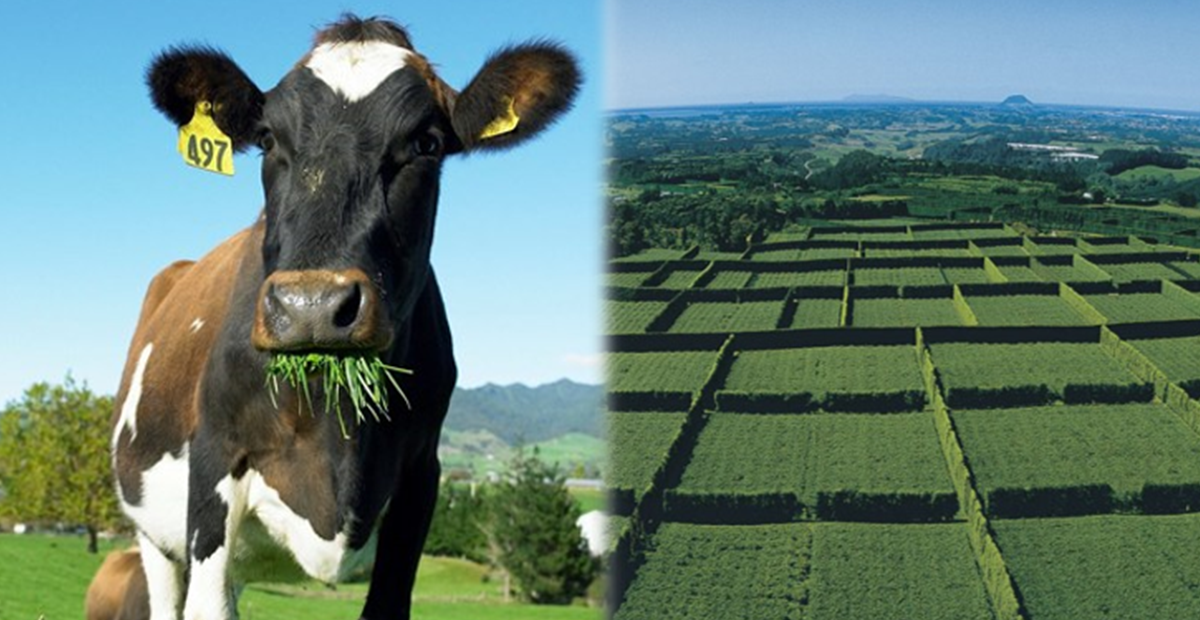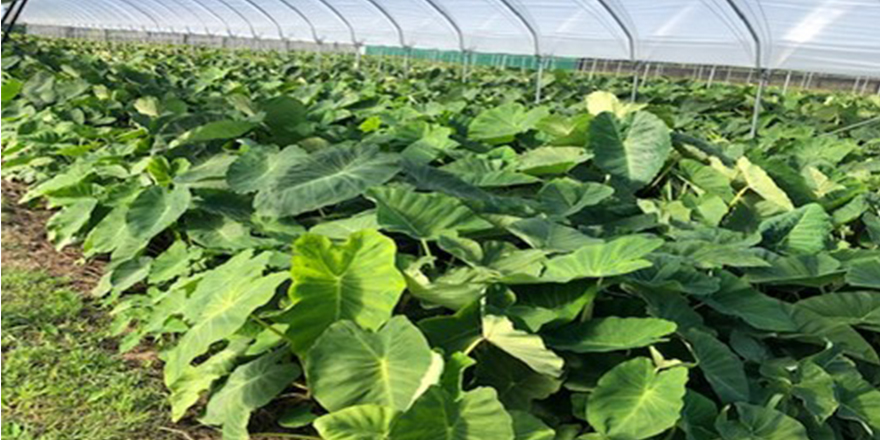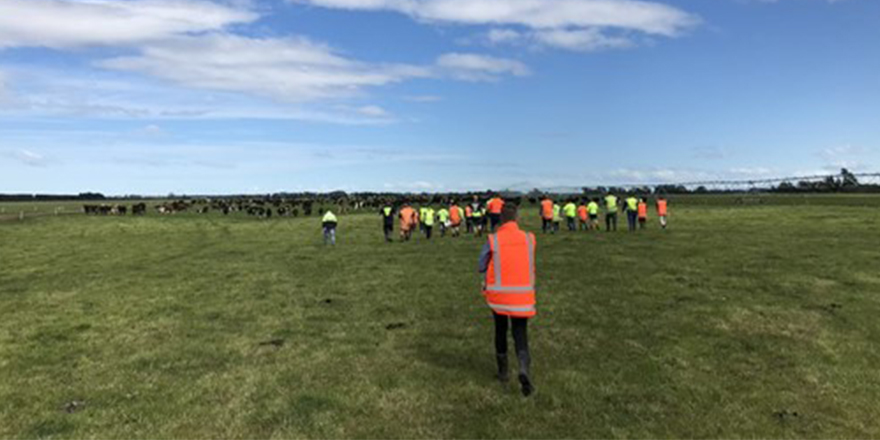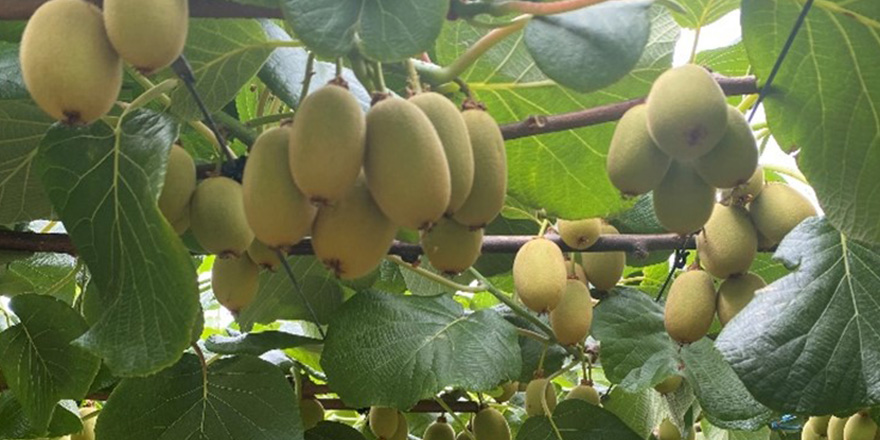
Executive summary
China has traditionally been perceived by the New Zealand red meat industry as a destination for large volumes of secondary cuts. However, after four visits to China over the period 2012-2019, I felt that New Zealand still didn’t fully recognise the extent of change and opportunity for our red meat represented by steady economic growth in China. This project set out to investigate the research questions of “What is our strategy in China?” and “How do we target the premium end of the market?”.
China is New Zealand’s largest export market for red meat by both volume and value. It is important that we demonstrate our commitment to the market by exploring and investing in our opportunities there. There is some rhetoric about putting “all our eggs in one basket” in China. So that we less exposed to reliance on shifting high volumes into this market, is important to maximise the value we get from our product in China.
This project consisted of a literature review of current New Zealand market activity in China and interviews with a number of industry stakeholders. A thematic analysis methodology was used to distill key themes from the interviews.
Currently, there is an overwhelmingly positive disposition among New Zealand’s red meat exporters due to exceptional growth in both demand and pricing from China. However, this mustn’t be confused with New Zealand success in the premium space. Lamb can be found on the menu at some high-end and Michelin star restaurants and the most recognized brands include Coastal Spring lamb and Lumina lamb. New Zealand Beef is not a premium product in China. If it is to be, there is plenty more work to be done.
One of the key challenges in marketing our meat in China is the fact that almost all meat is sold at the border, and we largely lose control of it there. This makes it difficult to ensure consistency of product and consistency of supply.
Consumer understanding of grass-fed meat is a challenge and New Zealand has invested in market education around health and environmental benefits. However, it is not clear whether this opportunity is ripe yet, or if this is the best focus for New Zealand investment.
In 2019 there was a notable lack of connection with consumers through social media marketing in China and low New Zealand presence on eCommerce channels. This has since improved markedly and demonstrates that our attitude towards China as a destination for premium products is changing. The market opportunity is now recognized and being invested in. However, we are only in our infancy of exploring the premium end of the red meat market in China.
Strategy for premium red meat in China needs to start with the product. Recognizable “premium” brands must have a story, not just a label. This must be backed by consistent product quality and consistent supply.
There is a real opportunity for meat companies to find and scale their niches. This requires a stripped-back approach focused on consistency of product and supply first. Smaller producers such as Coastal Spring Lamb have proven that “starting and scaling” can reap great rewards and larger meat companies are identifying similar opportunities. However, the scale of most New Zealand meat companies doesn’t lend itself to this approach.
Identifying markets that can be supplied directly (not selling to distributors) is a potential opportunity. Currently, this is not a suitable strategy for most New Zealand meat companies. However, this blue-sky approach with “premium brands” would enable price discovery, increased market insight, increased margins. While complex, boutique meat-producing operations gaining a premium from a great story and traceability information is something we might see in future.
Download and read the full report here




